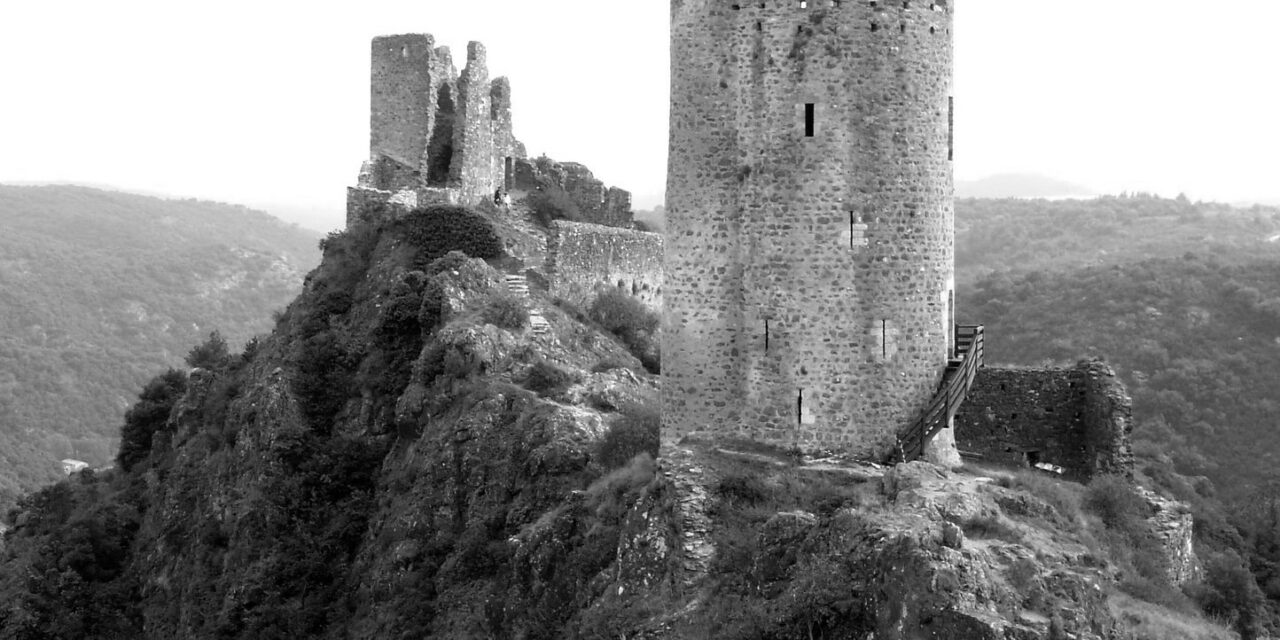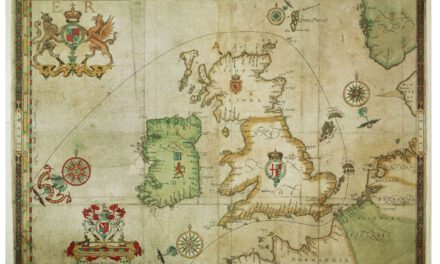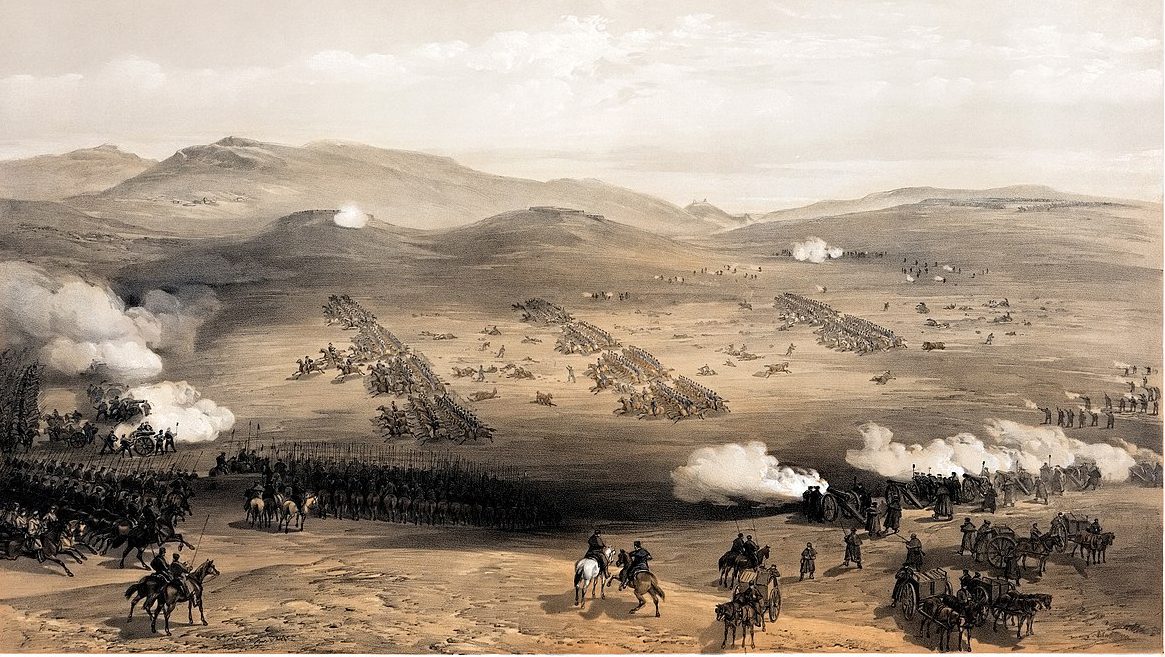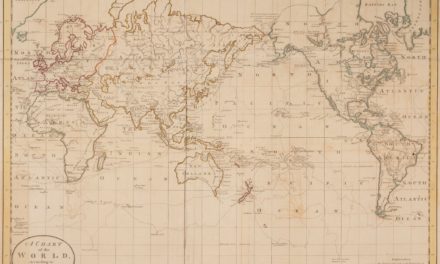History Guild General History Quiz 100
See how your history knowledge stacks up!
Want to know more about any of the questions? Once you’ve finished the quiz click here to learn more.
Have an idea for a question? Suggest it here and we’ll include it in a future quiz!
The stories behind the questions
1. The Cathars were a persecuted religious group from which country?
France – Catharism was a Christian dualist movement between the 12th and 14th centuries which thrived in southern France. The adherents were sometimes referred to as Albigensians, after the city Albi where the movement first took hold. Pope Innocent III launched the Albigensian Crusade in 1209, which ended in 1229 with the defeat of the Cathars. Catharism underwent persecution by the Medieval Inquisition, which succeeded in eradicating it by 1350.
2. What part did Japan play in WW1?
Supported Britain, France and Russia – Japan was allied with Britain and entered the war on their side. The Japanese contribution was mainly Naval, with Japanese warships patrolling the Pacific and escorting Australian troopships sailing to Europe and the Middle East. The Japanese gained many of the former German Pacific colonies at the end of the war.
3. Double Entry Accounting and Bills of Exchange were both invented in which region?
Italy – The origins of modern banking can be traced to medieval and early Italian Renaissance, established in the rich cities of the north such as Florence, Lucca, Siena, Venice and Genoa. Double Entry Accounting was first practiced by Amatino Manucci, a Florentine merchant at the end of the 13th century. Bills of Exchange attained wide use during the 13th century among the Lombards of northern Italy, who used them to pay for goods over long distances without having to transfer physical payment in precious metals.
4. Which European country was the first to colonise Alaska?
Russia – Humans first entered Alaska during the Upper Paleolithic period, around 14,000 BC, when foraging groups crossed the Bering land bridge from Asia. In 1784 Russian Grigory Ivanovich Shelikhov arrived in Three Saints Bay on Kodiak Island, operating the fur-trading Shelikhov-Golikov Company. Shelikhov and his men killed hundreds of indigenous Koniag, then founded the first permanent Russian settlement in Alaska – on the island’s Three Saints Bay. By 1788 Shelikhov and others had established a number of Russian settlements over a large region, including the mainland areas around Cook Inlet. The U.S. purchased Alaska from Russia in 1867.
5. Which of these countries did Russia invade most recently?
Afghanistan – 1979
Hungary – 1956
Finland – 1939
Poland – 1939
6. Who became president after Abraham Lincoln was assassinated?
Andrew Johnson – Vice president at the time of the assassination of Abraham Lincoln, Johnson was a Democrat who ran with Lincoln on the National Union ticket. He favoured quick restoration of the seceded states to the Union without protection for the former slaves. Johnson opposed the Fourteenth Amendment which gave citizenship to former slaves. He supported Southern states who returned many of their old leaders and passed Black Codes to deprive the freedmen of many civil liberties. Johnson’s strong opposition to federally guaranteed rights for black Americans is widely criticized and he is regarded by many historians as one of the worst presidents in American history.
7. Which of these cities were established first?
Beijing – 1045 BCE
London – 47 CE
Moscow – 1280 CE
Chennai – 1639 CE
8. Which type of aircraft dropped an atomic bomb on Hiroshima in 1945?
B-29 Superfortress – Superfortress was designed for high-altitude strategic bombing but also excelled in low-altitude night incendiary bombing and in dropping naval mines to blockade Japan. B-29s dropped the atomic bombs on Hiroshima and Nagasaki and became the only aircraft that have ever used nuclear weapons in combat.
9. Which artist produced these three pieces?

Henri Matisse – Matisse was a French artist, known for both his use of colour and his fluid and original draughtsmanship. He was an influential modern artist, leading the Fauvism style in the early 1900’s.
10. Which two countries were divided at the 38th parallel?
North and South Korea – These were divided between occupying US and Soviet forces in 1945. This solidified when the US backed Republic of Korea was created in the South and the Soviet backed Democratic People’s Republic of Korea was created in the North during 1948.
North Korea invaded the South in 1950, and swiftly overran most of the country. A United Nations force, led by the United States, intervened to defend the South, and advanced into North Korea. Fighting continued until 1953, with an armistice that approximately restored the original boundaries between North and South Korea.





